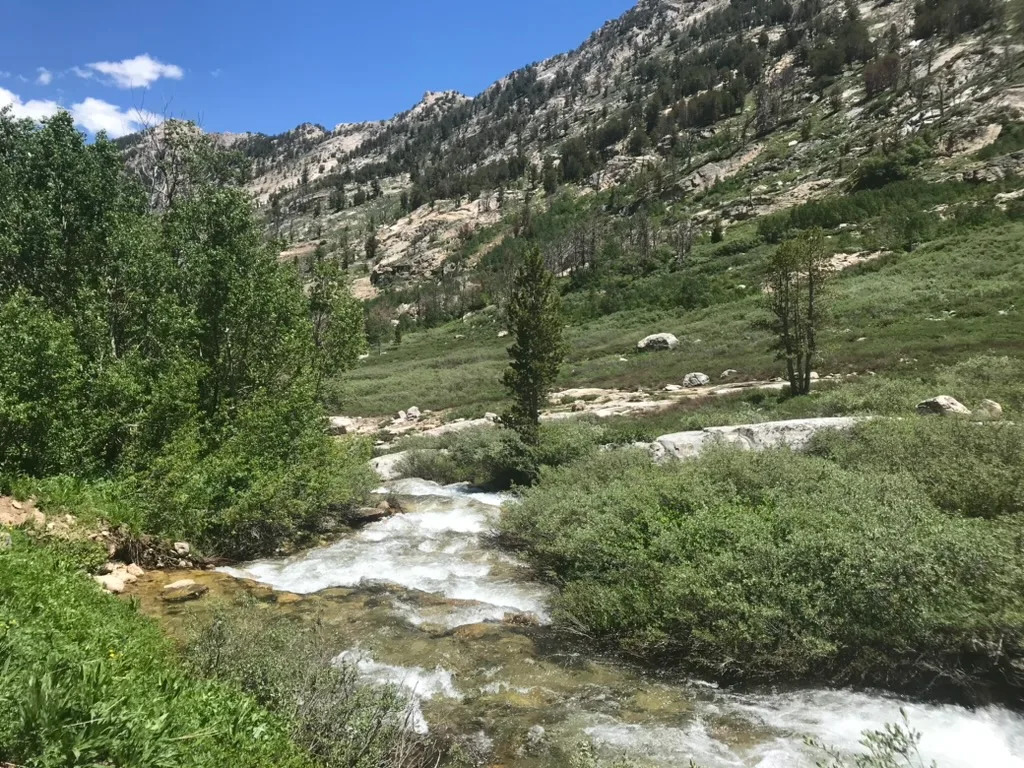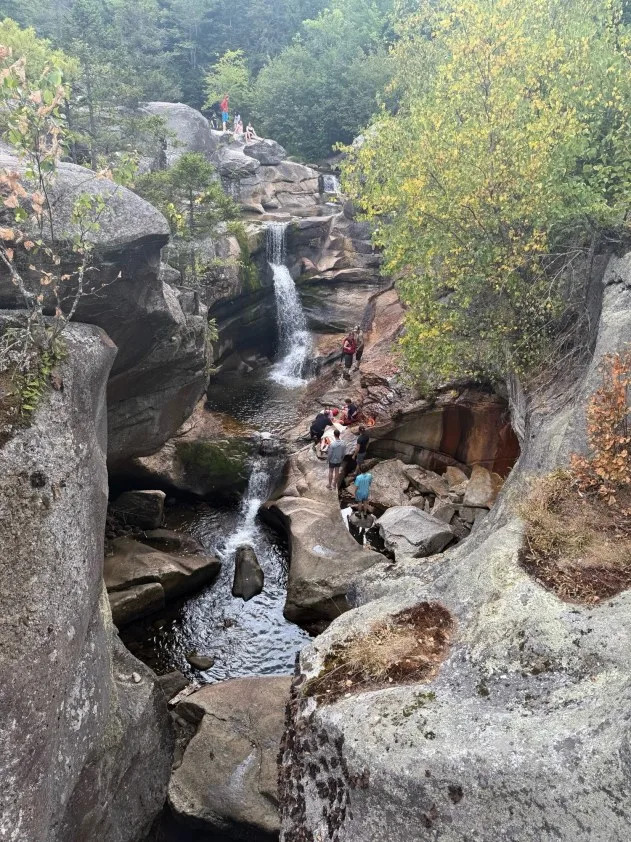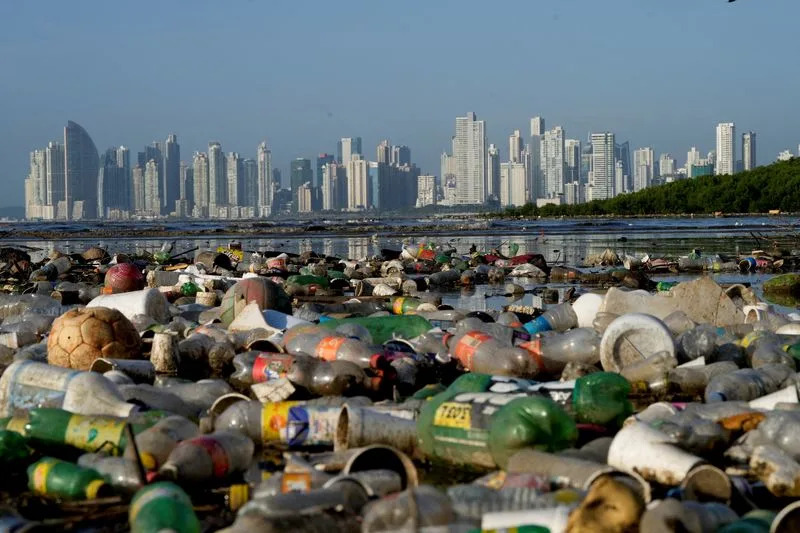
University of Nevada, Reno researchers studied how wildfire can affect water quality in Lamoille Canyon, a popular choice for hiking and fishing in eastern Nevada. (Photo courtesy Erin Hanan)
Six years ago a massive wildfire blackened one of Nevada’s most popular recreation areas in Elko’s Ruby Mountains. Much of it has recovered since then, but the fire caused lasting harm to water quality and aquatic habitat in the area.
That’s according to a recent study published in the International Journal of Wildland Fire by researchers at the University of Nevada, Reno.
The massive 2018 wildfire broke out near a shooting range on private land before quickly spreading into the Ruby Mountains’ Lamoille Canyon where it burned through about 5,000 acres of wilderness, leaving behind large amounts of nitrogen-rich wildfire ash that can act as a pollutant in water.
Researchers spent two years analyzing the wildfire’s impacts on the glacier-carved canyon and surrounding watershed. They chose the area due to its rugged topography, which makes water runoff from burned slopes a major threat to stream water quality.
The study found that in Nevada’s semiarid shrublands a combination of severe wildfire and drought gutted plant growth in the years after the fire, limiting the amount of nitrogen-rich wildfire ash the environment could absorb. Without plants to absorb excess nitrogen from wildfire, the pollutant is released into streams and lakes where it can cause several adverse health and ecological effects.
Doctoral student Maxwell Kay Strain led the UNR study under the supervision of Erin Hanan, an associate professor in the Department of Natural Resources & Environmental Science and principal investigator of the Fire and Dryland Ecosystems Lab.
“What we found is that actually two factors are likely to deteriorate water quality: the severity of the burn and increasingly dry conditions after fire,” Hanan said.
In the study area, nitrogen absorption by plants was reduced in the most severely burned areas, while nitrogen absorption by both plants and soil microbes was muted in the dry conditions following the fire.
“The vegetation plays a really important role in determining how the system recovers, how well it takes up available nitrogen, and the extent to which nitrogen gets flushed to streams,” Hanan said.
A parched landscape of chokecherry, wheatgrass and mountain mahogany fueled the Lamoille Canyon fire, which saw flames reach up to 100 feet.
In the aftermath of the wildfire, leaves and branches on mountain mahogany were completely burned off in severely burned areas while small shrubs were fully burned away, leaving white ash behind. Moderately burned areas on the canyon lost all grasses and charred smaller shrubs, leaving a surface covered in mostly black or gray ash.
Researchers found the more intense the fire the less plant regrowth was seen in the following years. Both moderately burned and severely burned areas saw less growth than areas that were not burned. The study also found lower plant diversity in areas that were severely burned compared to other areas.








Comments